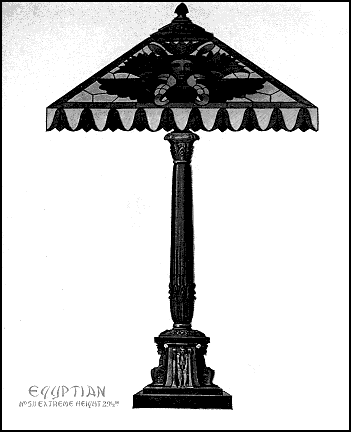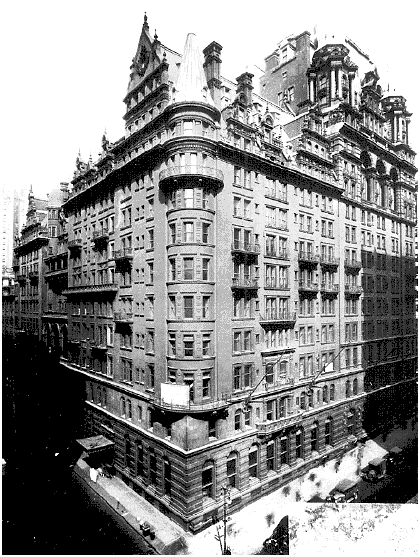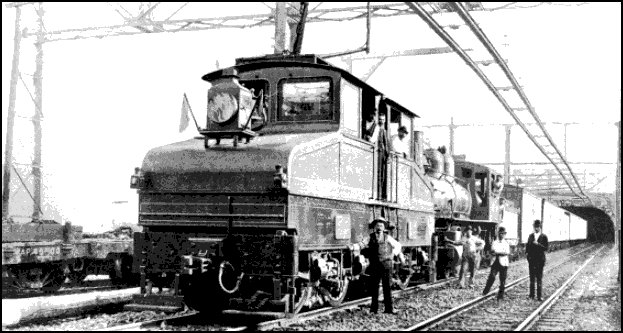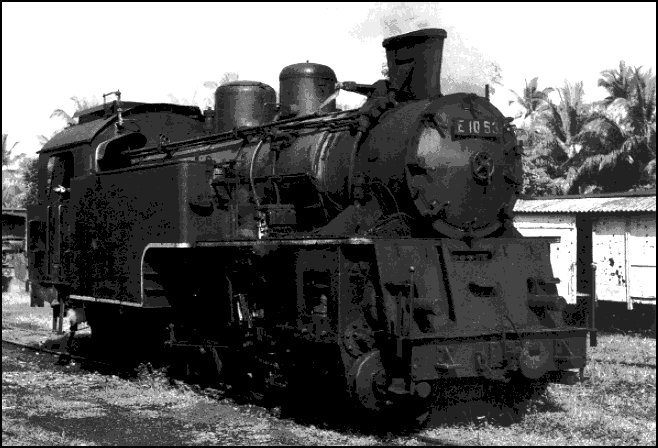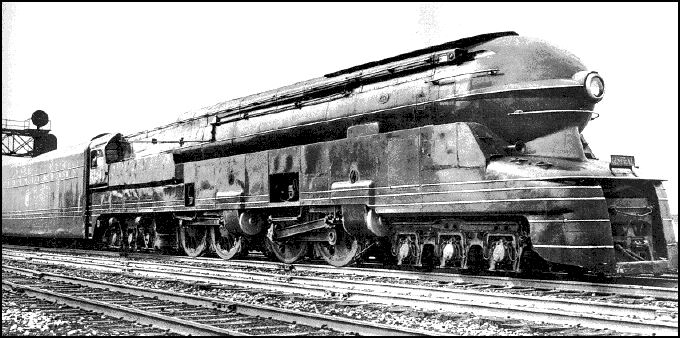Great Art
Glass Lamps
Tiffany, Duffner & Kimberly,
Pairpoint and Handel
<Martin M. May
(Schiffer)
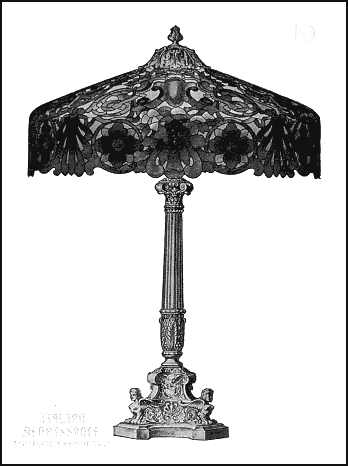
Four manufacturers of the "Tiffany" lamps are shown here. Most of the ones of interest to us were created by hand at the beginning of the 20th Century. The best came from Louis Comfort Tiffany, son to Charles Lewis Tiffany, the jewelry store founder. There are here, as well, representative selections from three other manufacturers, Duffner & Kimberly, Pairpoint and Handel.
You might as well forget the last two, especially those from the Pairpont Company. Most are truly ghastly, soft, goopy vomit-inducing shades with garish colors. They are called "Puffies."
Almost as bad are the floral shades --- called Teroca --- from the Handel Company, no relation to George Friederich. Their hand-painted forest scenes are nice, but their birds --- all longtailed and raucous (in color if not in voice) are improbable looking. One shot of Egyptian Ruins (the Temple at Karnak) is a delight.
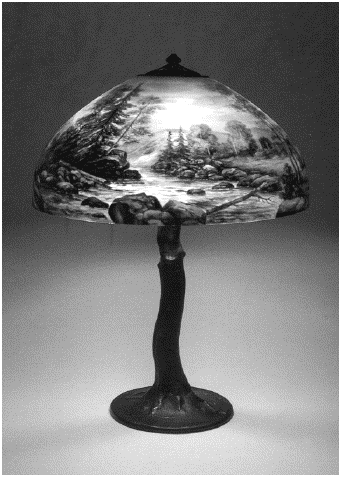
It's made up for by the sleek Duffner & Kimberlys. Don't miss the dragonflies. Tiffany did the most sensuous and delicious: good enough to eat, or at least to be on the dining table.The cover of this book should make you weep that your house doesn't have one. It's a "Lily Lamp," sixteen separate lamps bursting up and out, brass lily pads floating about the base.
The author doesn't waste your time with extensive, easy-to-skip-over notes. A few bare facts, excellent color shots --- over two hundred in number --- and (o woe!) the prices from 1906 or so, when they were sold brand new for a pittance. May reminds us that the average worker of the time made no more than 17-½¢ an hour. The lovely Louis XV lamp --- on sale back then for $400 --- is thus probably worth four thousand today. There is at the back of the book a list of current dealers of these antiques who are prepared to light up your life (for a small fortune).


